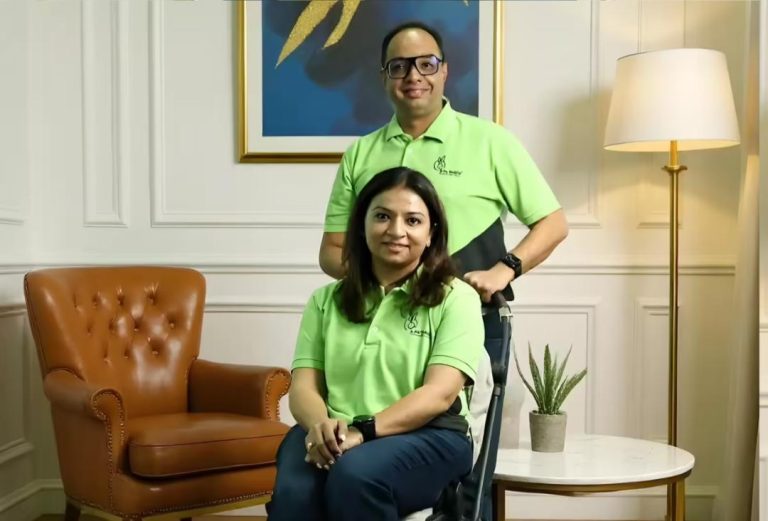
AI Video & Lip-Sync Tech: Indian Media Startups Go Global
The Indian media landscape has witnessed a significant paradigm shift in recent years, driven largely by the adoption of Artificial Intelligence (AI) technology. AI-led video tools are revolutionizing the way content is created, edited, and consumed, and Indian startups are at the forefront of this revolution. In this blog post, we will explore how AI video and lip-sync technology are empowering Indian media startups to go global.
The Rise of AI Video Tools
AI video tools have made it possible for media professionals to edit and package long-form videos into social media-ready clips in a matter of minutes. This is achieved through the use of machine learning algorithms that can automatically analyze and edit video content. One such startup is Frammer, which uses AI to rapidly edit and package long-form videos into social media-ready clips. Frammer’s technology enables media professionals to focus on the creative aspects of video production, rather than spending hours editing and fine-tuning the final product.
Frammer’s AI video tools are not only time-saving but also enable media professionals to create high-quality content that resonates with their target audience. The startup’s technology can detect and remove unnecessary segments from a video, ensuring that the final product is engaging and concise. Frammer’s AI video tools are being used by media companies, advertising agencies, and content creators worldwide, making it a leading player in the global media tech sector.
Visual Dubbing and Lip-Sync Technology
Another area where AI is making a significant impact is in visual dubbing and lip-sync technology. Neural Garage, a Mumbai-based startup, has developed a visual dubbing technology that enables seamless lip-syncing across languages. The startup’s technology uses AI to analyze the lip movements of a speaker and synchronize them with the audio track, creating a realistic and engaging visual experience.
Neural Garage’s visual dubbing technology is being used by media companies, entertainment firms, and educational institutions to create high-quality content that can be consumed by a global audience. The startup’s technology is particularly useful for companies that produce content in multiple languages, as it enables them to create a consistent and engaging visual experience across all languages.
Indian Media Startups Go Global
The adoption of AI video and lip-sync technology by Indian media startups is not only transforming the Indian media landscape but also enabling them to go global. Frammer and Neural Garage are just a few examples of Indian startups that are leveraging AI technology to create innovative content and solutions that are resonating with a global audience.
Frammer’s AI video tools have enabled them to secure partnerships with major media companies and advertising agencies worldwide. The startup’s technology is being used to create high-quality content for social media platforms, TV channels, and online streaming services, making it a leading player in the global media tech sector.
Neural Garage’s visual dubbing technology is being used by media companies and entertainment firms to create high-quality content that can be consumed by a global audience. The startup’s technology is particularly useful for companies that produce content in multiple languages, as it enables them to create a consistent and engaging visual experience across all languages.
Conclusion
The adoption of AI video and lip-sync technology by Indian media startups is a significant development in the country’s media landscape. These innovations are empowering Indian media startups to create high-quality content that can be consumed by a global audience, enabling them to go global. Frammer and Neural Garage are just a few examples of Indian startups that are leveraging AI technology to create innovative content and solutions that are resonating with a global audience.
As the global media landscape continues to evolve, it is likely that the adoption of AI video and lip-sync technology will become even more widespread. Indian media startups that are at the forefront of this revolution are well-positioned to capitalize on this trend and establish themselves as leading players in the global media tech sector.
News Source:






